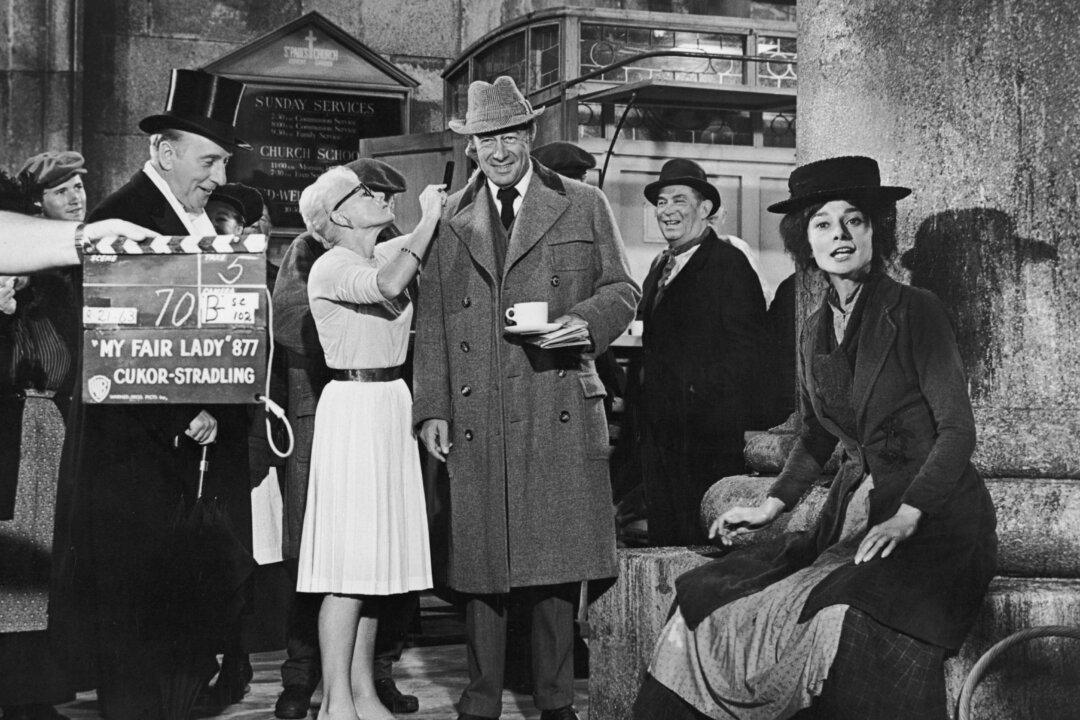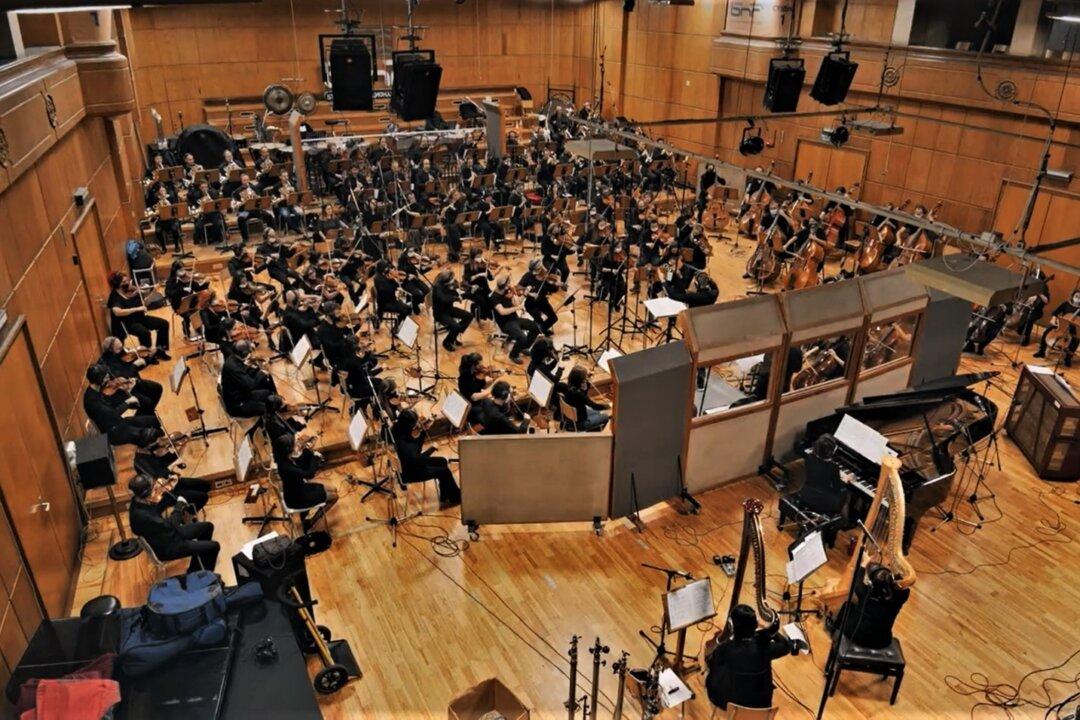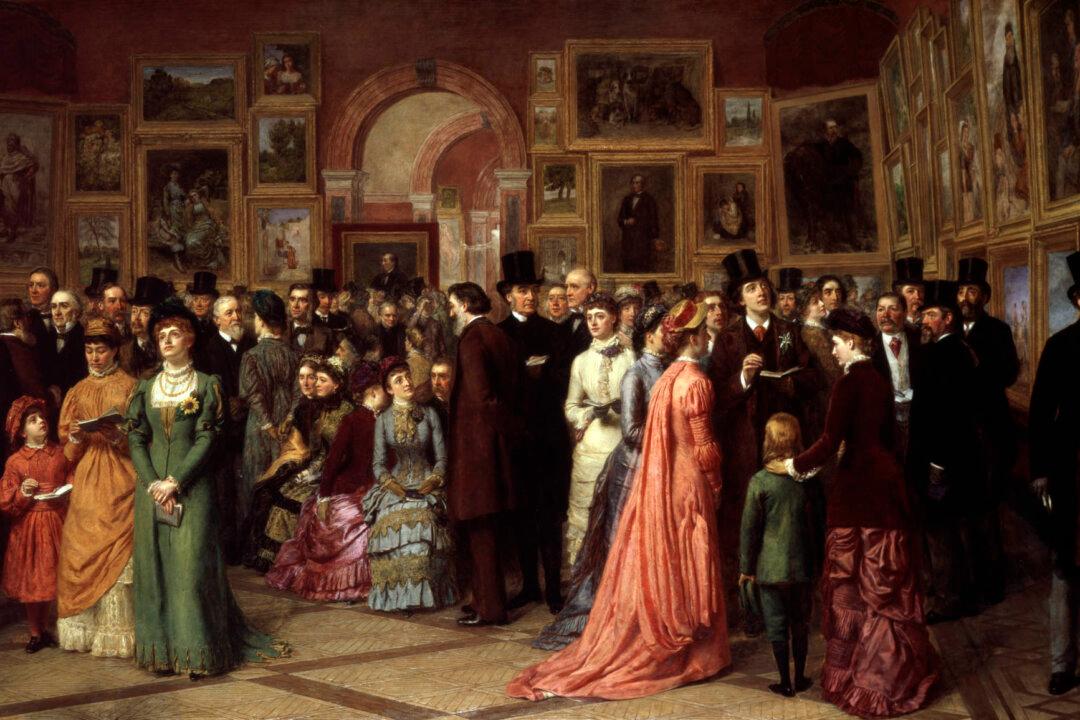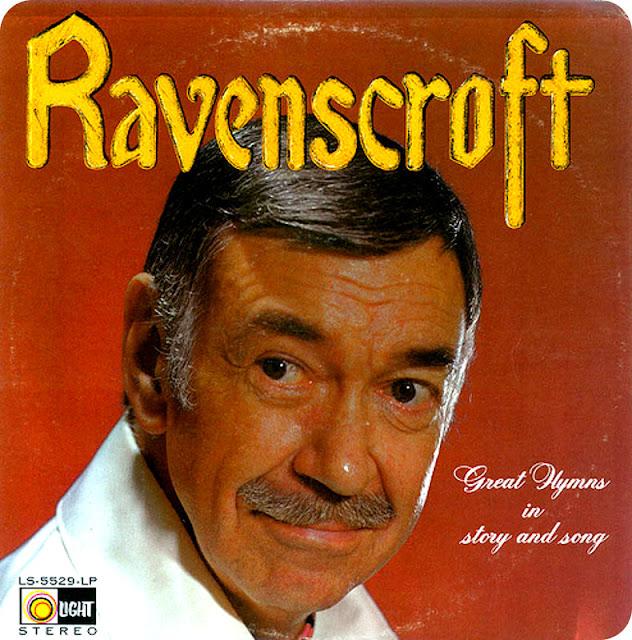In recent years, we have seen a new trend in musicals that are made for television and film. That trend has been to cast a well-known actor in the lead, one not known for singing and dancing. Using high-profile actors would seem to deliver better ratings than using great but lesser-known Broadway singers.
As a fan of musicals, I have tuned in to watch these experiments, admittedly out of curiosity as to whether the star was really up to the task, and also due to the excitement and risk because some of these had their premieres on live TV. It seemed to me, predictably, that some of the actors sang and danced only passably, if that, leaving me to wish the producers had used real Broadway talent. But I was pleasantly surprised to learn that a few of these stars actually did get their start as singers and could manage better.






